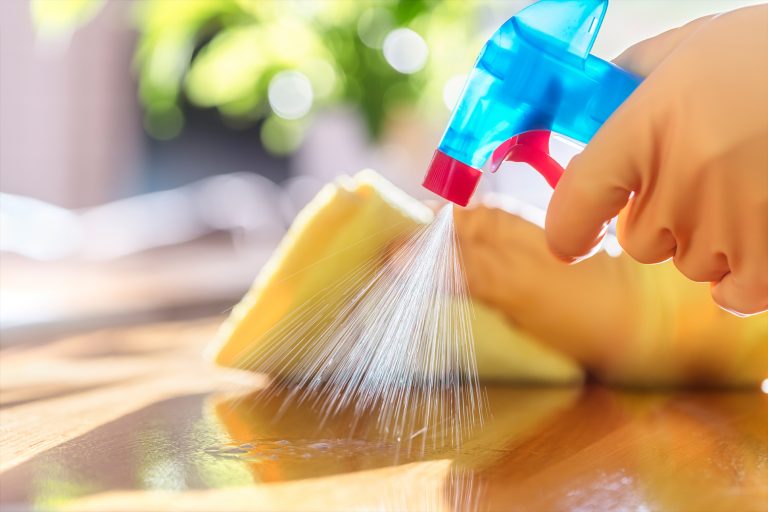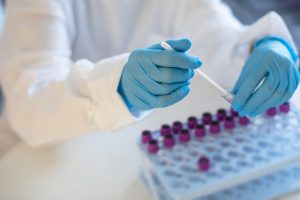The COVID-19 pandemic has a devastating impact on the immediate environment due to its fast spread via droplets from an infected person and from person to person. The virus can land on surfaces after an infected person sneezes, coughs or talks and can survive on surfaces for about nine days[1]. As such, precautions must be taken into consideration in our interaction with others and our environments at home, work and others.
The National Department of Health has developed environmental health guidelines to address environmental health-related questions and gaps when responding to COVID-19. This concerns recommendations on the management of the deceased due to COVID-19 and the disposal of infected corpses; tracing of family, household hygiene, workplace and community contacts; cleaning, decontamination/disinfection in the workplace, household of patients and contacts; and other environmental factors.
The guidelines aim to guide Environmental Health Services (EHS) and the public on key roles related to the management of COVID-19. Some of the key recommendations on the Environmental Health Guidelines include:
- The handling of dead bodies
- Conveyance of infectious human remains
- The disposal of human remains
- Investigating suspected cases and contact tracing
- Decontaminating and disinfecting affected homes
- Monitoring of the management of health care waste
Importantly, since COVID-19 rests on surfaces, cleaning and decontamination of COVID-19 patient’s household and workplace remain essential. Regular household soap or detergent should be used first for cleaning, and then, after rinsing, regular household disinfectant containing 0.5% sodium hypochlorite should be applied on surfaces. Cleaning of patient’s clothes, bed linen, and bath towels should be done with the use of regular laundry soap and water or machine wash at 60-90 °c with common household detergent and must dry thoroughly.
Since much is unknown about COVID-19, current knowledge is largely based on what is known about similar coronaviruses. It is important to mention that this interim guideline will be updated as needed and as additional information becomes available. Read more on the Environmental Health Guidelines on https://j9z5g3w2.stackpathcdn.com/wp-content/uploads/2020/04/COVID-19-ENVIRONMENTAL-HEALTH-GUIDELINE-1-3.pdf
[1] Human coronaviruses can remain infectious on surfaces for up to nine days. COVID-19 has been detected after up to 72 hours in experimental conditions.





